Nutrient Management
Purpose/Function:
The Nutrient Management Program protects water quality in the Chesapeake Bay and its tributaries by ensuring that farmers and urban land managers apply fertilizers, animal manure and other nutrient sources in an effective and environmentally sound manner.
Initiation protocol:
Seek guidance from the Maryland Department of Agriculture (MDA) or the local Soil Conservation District office.
Public acceptance:
Required in most cases. MDA is required to maintain a copy of the nutrient management plan for three years in a manner that protects the identity of the individual for whom the plan is prepared. Nutrient management plan implementation reviews include determining whether the plans were written in accordance with regulations and whether the plan was properly implemented. Farmers are required to have up to date nutrient management plans and they are required to prepare Nutrient Management Annual Implementation Reports. The nutrient management plan inspection consists of a record review, although the inspector performs a visual inspection of the BMPs related to nutrient management plan implementation on the farm.
Implementation Factors (level of difficulty):
Difficult.
Funding Sources / Options:
University of Maryland Extension, the fertilizer industry and private consultants are all sources of funding and planning assistance.
Costs:
| Cost Estimates | EPA | MDA | Average |
| Initial | $- | $- | $- |
| Annual | $19.10 | $7 | $13.05 |
| Lifespan (yrs) | 1 | 1 | 1 |
| Annualized | $19.10 | $7 | $13.05 |
Load Reduction Efficiency:
Average Total Nitrogen removed per acre of practice per year
|
Low 0.11 lbs. |
Medium 0.21 lbs. |
High 1.08 lbs. |
Cost per pound removed = between $6 and $64
Average Total Phosphorous removed per acre of practice per year
|
Low 0.02 lbs. |
Medium 0.06 lbs. |
High 0.16 lbs. |
Cost per pound removed = between $44 and $350
Average Total Suspended Solids removed per acre of practice per year
|
Low 1 lb. |
Medium 2 lbs. |
High 4 lbs. |
Cost per pound removed = between $1.75 and $7.00
Operation & Maintenance:
Make sure the farm’s nutrient management plan is current and has not expired. Farms with a soil phosphorus Fertility Index Value of 150 or greater must follow the Phosphorus Risk Assessment Tool as outlined in their nutrient management plans. Keep all fertilizer application records. Submit annual implementation reports to the Maryland Department of Agriculture by March 1. Use a fall cover crop for uptake of residual nitrogen. Follow nutrient application setback requirements to protect waterways. Follow winter application restrictions for chemical and organic nutrients.
Climate Change Considerations:
Nutrient management can assist soils in their capacity to store carbon and other nutrients.
Planning Questions to Consider:
Have realistic yield goals been determined? Have soil samples and manure been analyzed? Are proper soil conservation measures installed? Have nitrogen credits been accounted for?
Helpful Links:
- http://mda.maryland.gov/resource_conservation/counties/Nutrient%20Management%20Regional%20Offices.pdf
- http://mda.maryland.gov/resource_conservation/Pages/nutrient_management_training_program.aspx
- https://extension.umd.edu/anmp/climate-change
- https://climatechange.maryland.gov/wp-content/uploads/sites/16/2014/12/ian_newsletter_4061.pdf
- https://www.youtube.com/watch?v=_OWpnl5FL7s
Related Best Management Practices






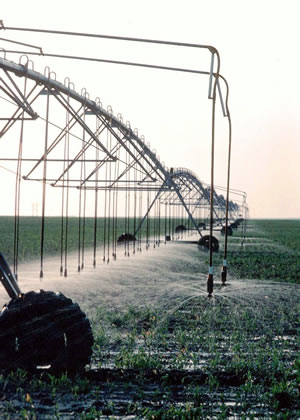

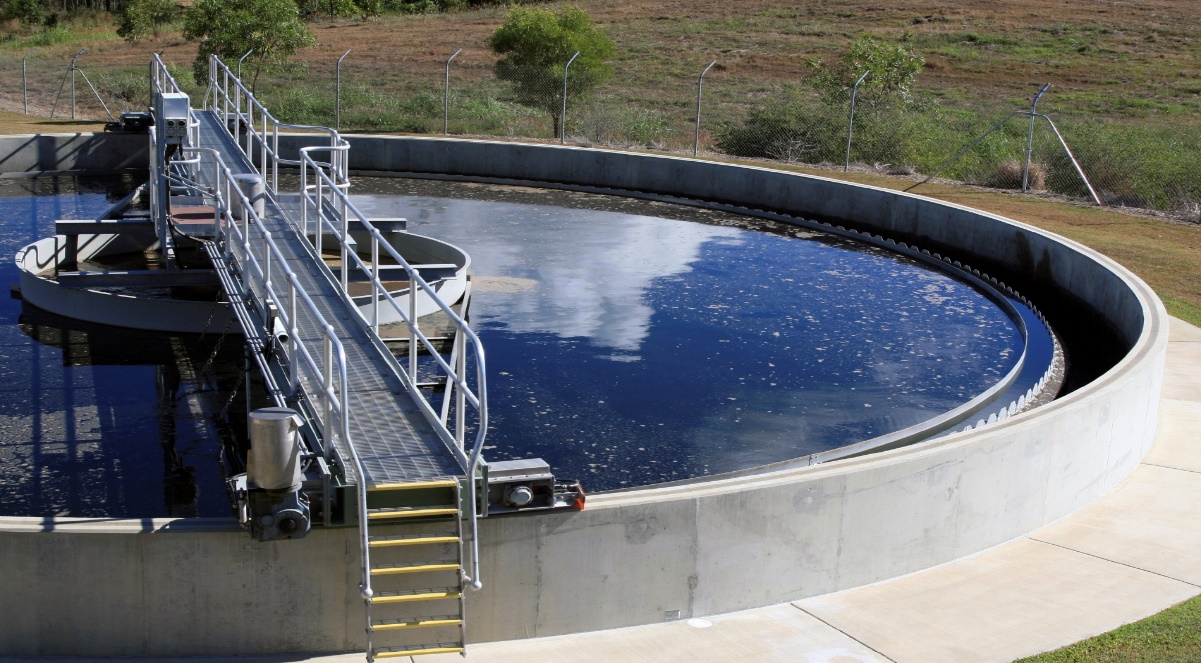




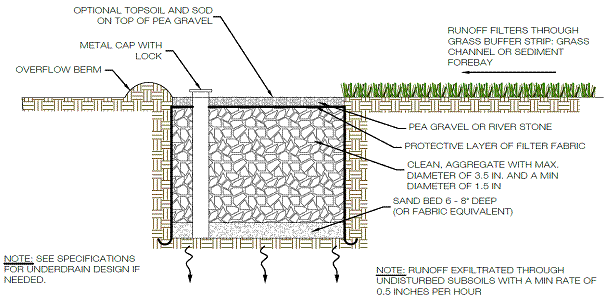

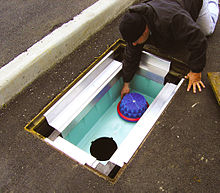



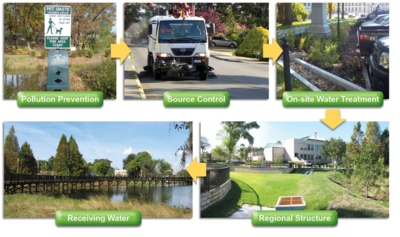

Feedback on This Best Practice